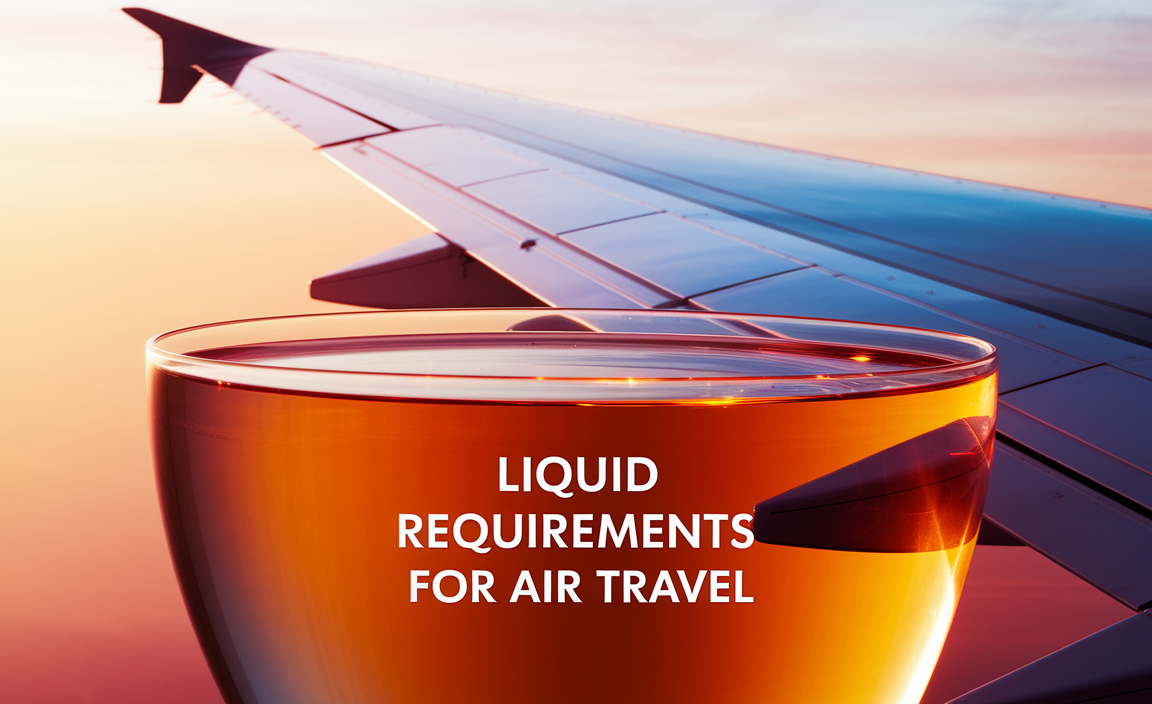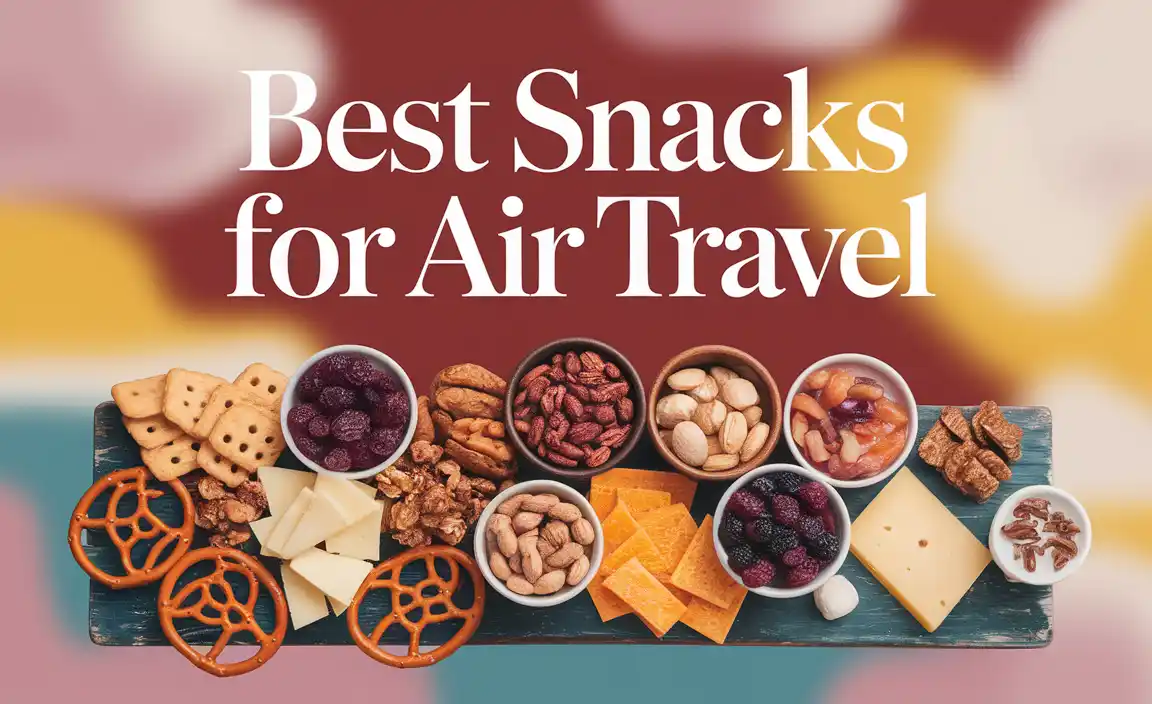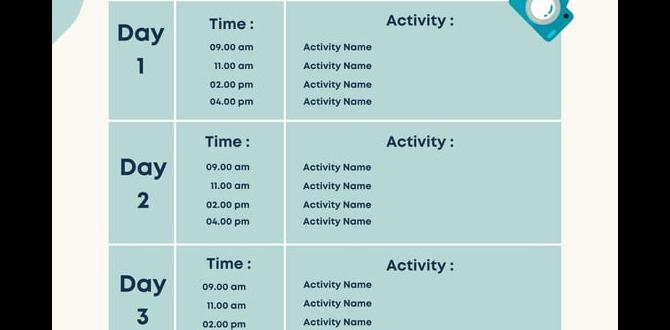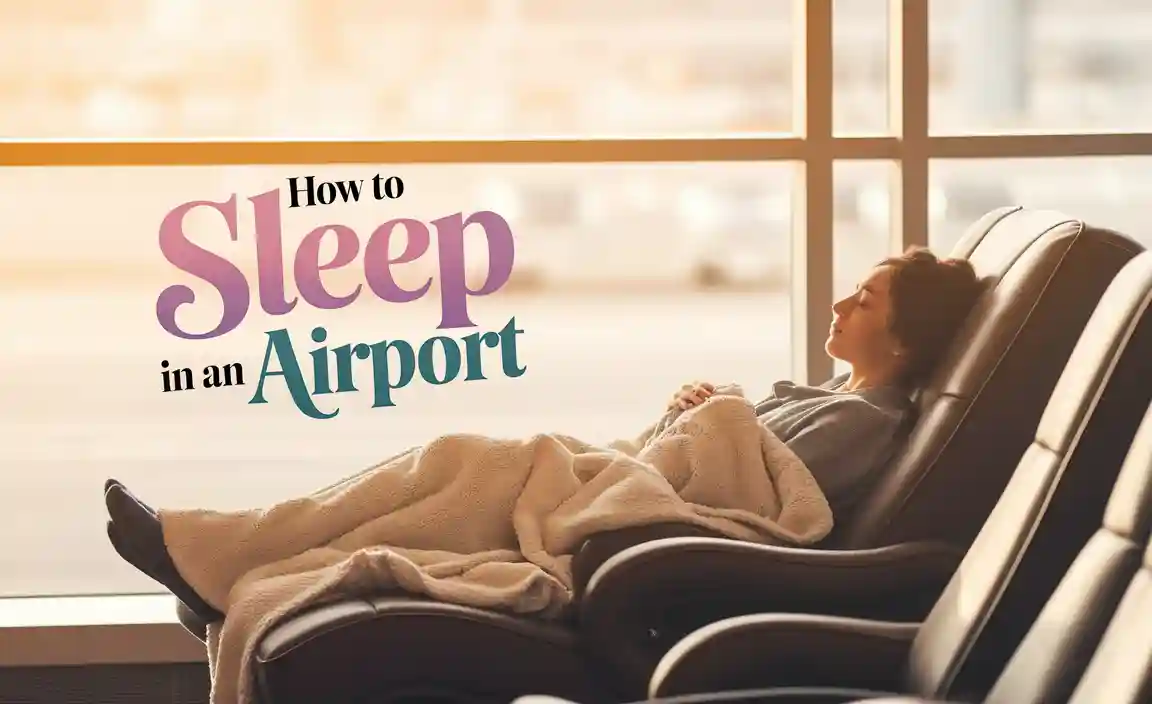Imagine you’re at the airport, ready for your holiday. Then you remember: the liquid rules! What can you carry on your flight? This question puzzles many travelers. Liquid requirements for air travel seem tricky. But they’re not if you know the facts!
Let’s explore together. Picture a day when you pack your favorite shampoo, only to find it’s too big to take. Did you know airports have specific sizes for liquids? It’s because they want to keep everyone safe.
A fun fact: you can only bring as much liquid as fits in one quart-sized bag. Sounds strange, right? But it keeps travel smooth. Next time, remember the rules and you’ll breeze through security!

Understanding Liquid Requirements For Air Travel
Liquid Requirements for Air Travel
Imagine being in line at the airport, and suddenly, you remember the liquid rules. Did you grab the right-sized bottles? Airlines limit liquids to bottles no larger than 3.4 ounces. Carry them all in a single quart-sized bag. It’s like playing a mini puzzle game with your toiletries. Why? Security! This keeps flights safe. Keep it simple: shampoo, toothpaste, lotion—just enough for the trip. Traveling prepared makes flying a breeze!
Understanding TSA Liquid Regulations
Explanation of the 311 rule for liquids. Importance of TSA regulations for passenger safety.
The TSA has a special liquid rule for flights. It’s called the 3-1-1 rule. You can carry liquids in small bottles of 3.4 ounces or less. All bottles must fit in one quart-sized bag. Why is this important? It keeps everyone safe. By limiting liquids, TSA reduces risks. This rule helps identify safe items quickly, allowing for a smooth journey.
Why is the 3-1-1 rule in place?
The 3-1-1 rule is in place to ensure passenger safety. It helps prevent dangerous items from boarding planes. The rule ensures that TSA can easily screen liquids, making air travel safer.
What happens if I don’t follow the TSA liquid regulations?
If you don’t follow the regulations, TSA may ask you to dump the items. Sometimes, you might spend more time in security checks. Staying informed helps avoid delays and ensures a smooth travel experience.
What Qualifies as a Liquid?
List of common items considered liquids. Clarification on gels, creams, and aerosols.
Imagine packing your suitcase and getting stuck wondering, “Is this toothpaste liquid?” Well, yes, it is! Along with it, items like shampoo, lotion, and even peanut butter get trapped under the liquid label at airports. Confused? Don’t worry, there’s a simple rule: Can you spread, spray, or squeeze it? If yes, it’s likely a liquid or something close to it. Common culprits also include gels, creams, and aerosols. Check out this handy guide:
| Type | Examples |
|---|---|
| Liquids | Juice, Water, Perfume |
| Gels | Hair Gel, Toothpaste |
| Creams | Lotion, Face Cream |
| Aerosols | Deodorant Spray, Hairspray |
Gels and creams may not look like liquids, but they’re sneaky travelers in disguise. As airport rules grow stricter, knowing your travel liquids keeps your trips smooth and carefree. Remember: the right-sized bottles are your ticket to breezing through the security line!
Approved Container Sizes and Types
Guidelines on the size of containers allowed. Types of containers that meet TSA standards.
To take liquids on a plane, use small containers. They should hold no more than 3.4 ounces (or 100 milliliters). This is about the size of a travel shampoo bottle. All containers must be clear and fit in a single zip-top bag. Some containers that meet TSA standards include reusable silicone bottles or travel-size toiletries. Using these helps keep lines moving and everyone safe.
How many 3.4-ounce containers can I bring on a plane?
You can bring as many 3.4-ounce containers as will fit in a one-quart clear plastic zip-top bag. This is usually about 7 to 10 bottles, depending on their shape.
This rule is called the 3-1-1 rule. The ‘3’ is for 3.4 ounces, ‘1’ for one bag, and ‘1’ for one passenger.
Always check your bottles before you fly. Keeping track of the rules helps everyone. It’s also a good idea to label your bottles, so you know what’s inside. Happy travels!
Packing Tips for Carry-On Liquids
Best practices for organizing liquids in your carryon. Recommended travel containers and bags.
Traveling with liquid items can be tricky but not impossible! To make your life easier, consider using small, spill-proof containers. These help in organizing showers of little bottles. Always check if the bottles are 3.4 ounces or less, which is the standard limit. Get a clear, zip-top bag for easy display during security scans. Many travelers swear by silicone bottles that fit snugly. Remember, a well-packed bag can mean the difference between skies clearing or a turbulence of liquid chaos!
| Item | Container Recommendation |
|---|---|
| Shampoo | Travel-size bottle (3.4 oz) |
| Toothpaste | Mini tube or sachets |
| Perfume | Pocket spray vial |
Exceptions to Liquid Restrictions
Medical and infant necessities. Procedures for carrying larger quantities.
Sometimes, extra liquid is needed when you fly.
What are the exceptions when carrying liquids on a plane?
Special needs allow more liquid.
If you have a baby or need medicine, you can bring more. Here’s how it works:
- Medical Needs: You can carry medicine. Keep it separate for easy checks.
- Babies: You can bring baby formula and food. Ask officers to allow more.
How do security checks handle larger amounts?
Tell officers about these special liquids. Put them in a separate bin when you pass through security. This makes the process go smoother.
According to the TSA, exceptions like these are important. They help people travel safely and comfortably. Remember, asking questions helps you know what you can bring.
Handling Liquid Spills and Leaks
Preventive measures to avoid spills. Quick fixes for unexpected leaks.
Imagine your favorite drink spilling in your suitcase. Not fun, right? To prevent this, seal bottles tightly. Add some tape around the lids for extra protection. Pack liquids in a separate, sealed bag. If a leak happens, act fast:
- Mop up the mess with tissues or a cloth.
- Use a plastic bag to isolate the wet items.
Being careful and prepared keeps your things safe and dry during travel!
How can I prevent liquids from spilling in my luggage?
Seal containers tightly and use a bag. Get air out of bottles first for a better seal. Keep everything in a secured plastic bag just in case.
What should I do if a liquid leaks in my luggage?
Clean quickly and separate wet items. Use tissues or napkins to soak up spills. Put damaged items in a separate bag to stop more leaks.
Frequent Flyer Strategies for Smooth Security Checks
Insights from experienced travelers. How to expedite the security screening process.
Experienced travelers know how to breeze through security with a smile. They pack liquids smartly by using small bottles for lotions and shampoos. Those are tucked away in a clear, quart-sized baggie. This not only helps with the airline’s liquid rules but also keeps the TSA officers happy and waiting times short.
To make the process faster, they wear slip-on shoes and avoid metal-heavy belts. One frequent flyer joked, “I save my cowboy boots for after security!”
| Tip | Benefit |
|---|---|
| Pack liquids in 3.4 oz containers | Meet TSA regulations |
| Use a clear bag | Avoid extra inspection |
| Wear easy-to-remove shoes | Saves time at the scanner |
Did you know? Over 90% of TSA weekend wait times are under 10 minutes. Smart packing can make this wait even shorter!
Conclusion
Understanding liquid rules for air travel helps us pack smart. Keep liquids in containers of 3.4 ounces or less. Use a clear, quart-sized bag to carry them. This way, airport security is a breeze. Next time you travel, remember these tips. For more details, you can check official airline websites or guides online—it’s always good to be informed!
FAQs
What Are The Current Regulations For Carrying Liquids In Hand Luggage On International Flights?
When you fly internationally, you can carry small liquids in your hand luggage. Each liquid must be in a container of 100 milliliters (ml) or less. You have to put all these containers in a clear, plastic bag. The bag should be about the size of a sandwich bag, and you can only have one bag. This helps keep everyone safe on the plane.
Are There Any Exceptions To The Liquid Limitations For Air Travel, Such As For Medical Purposes Or Infant Needs?
Yes, there are exceptions to the liquid rules on airplanes. You can bring more liquids if they are for medical reasons. You can also bring baby formula, milk, or juice for infants. Always tell the security officers what you are carrying. This way, they know it’s important.
How Should Travelers Pack Liquids To Ensure They Meet Airline Security Requirements?
When you pack liquids for a flight, use small bottles. Put them in containers that hold 3.4 ounces (100 milliliters) or less. All these bottles should fit in one clear, quart-sized plastic bag. This helps the airport staff check them quickly. Remember to keep this bag handy for security checkpoints!
What Are The Consequences Of Failing To Comply With Liquid Restrictions At Airport Security Checkpoints?
If you bring too much liquid on an airplane, security might stop you. They could take away your liquids. You might miss your flight if it takes too long. Always check the rules to stay safe.
Do Liquid Restrictions Differ Between Airlines And Countries, And Where Can Travelers Find Official Guidelines?
Yes, liquid rules can change between airlines and countries. Most allow small bottles of liquids in a clear bag. To be sure, check airline and airport websites. Government websites also have helpful rules. Always pack smart to avoid problems!







